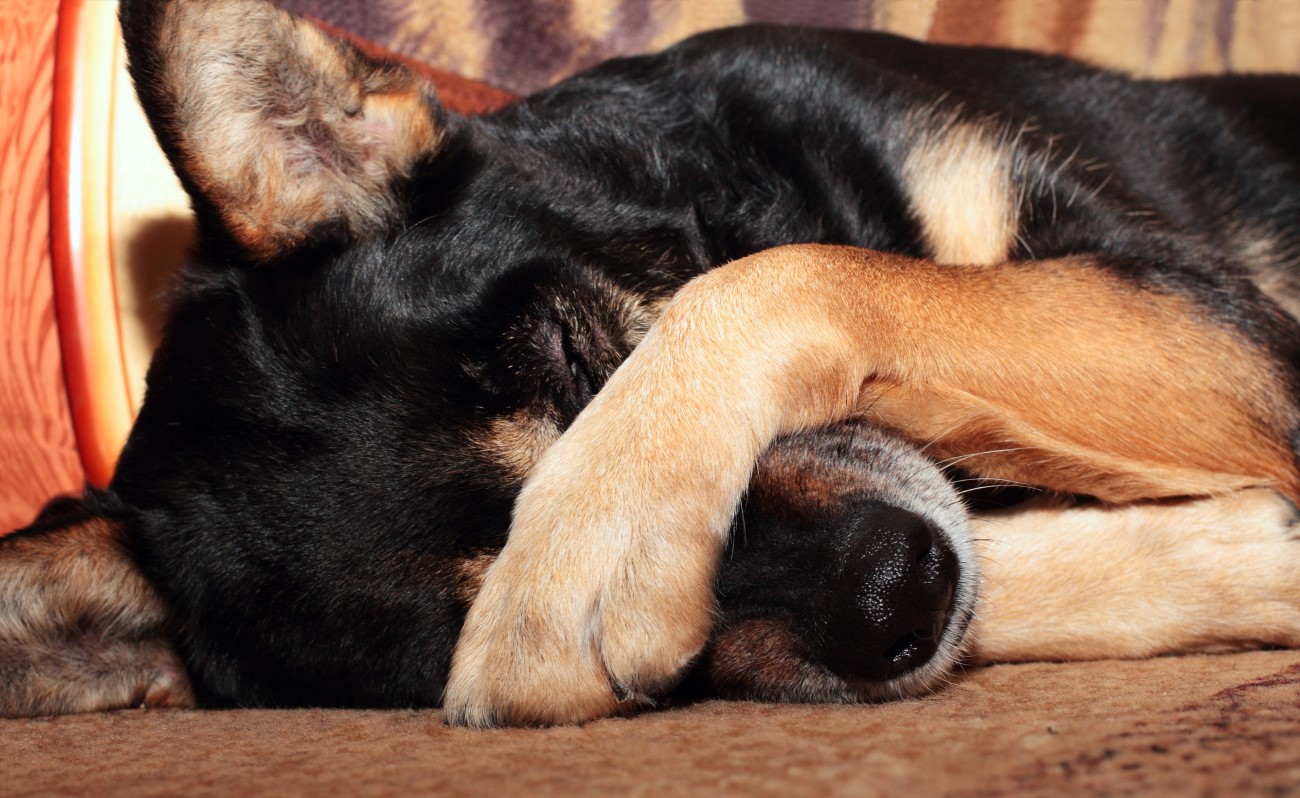If you’ve come home to find your dog has destroyed your favorite shoes, urinated on the floor and scratched the paint off the inside of your front door, your dog may be suffering from separation anxiety.
Often, owners think a dog’s destructive tendencies are just unexplained bad behavior, but dogs may resort to chewing on objects to relieve their anxiety. Changing this behavior takes time and patience, and you might even need a professional trainer’s help.
Creating positive associations
Dogs with separation anxiety may become agitated as soon as they know their owners are about to leave the house. If your dog is pacing, whining or following you from room to room as you prepare to leave, try this approach: Do what you do before normally leaving the house, including grabbing your car keys, but don’t actually leave the house. If you repeat those steps often enough, your dog may begin to disassociate your departure from the sound of car keys, or the act of putting on your coat.
Keeping dogs busy when you leave may also help fend off bouts of anxiety. A puzzle toy with a treat inside is a good way to keep dogs occupied.
Gradually increase time away from home
Most dogs with separation anxiety are at the height of their anxiety just after you leave, and they may continue to be highly upset for about 40 minutes. If possible, increase your time away from home in increments, starting with just a few minutes at a time. For most people, this is a hard task to accomplish, unless they take time off work. To supplement your dog’s training, you might consider leaving your pet at doggie day care while you’re at work, where it will be too stimulated to be anxious about your absence.
Hire a trainer
A skilled dog trainer knows how to recondition anxious dogs so they no longer fear their owners’ departure. You may find that spending an hour or two with a professional trainer gives you a good head start on retraining your dog and the skills you need to continue reinforcing positive behaviors.

